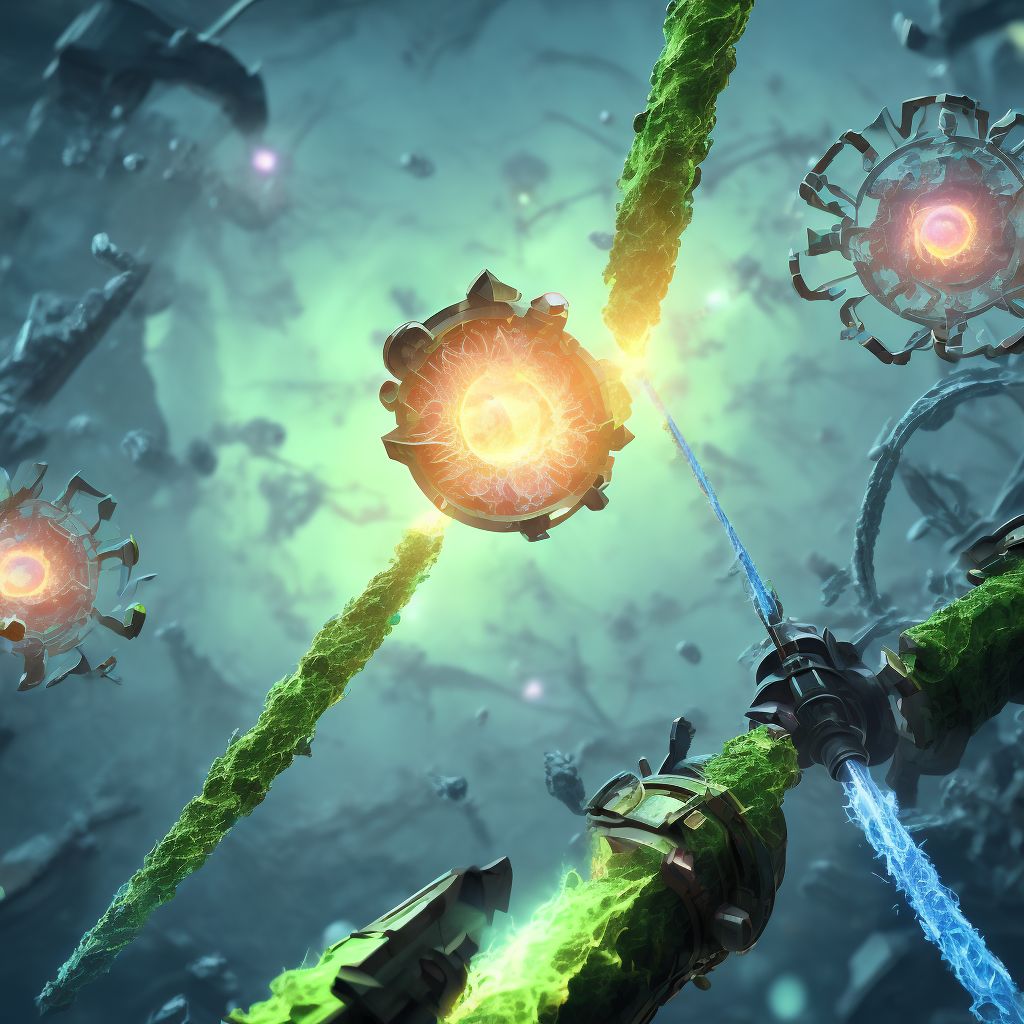
Nondisplaced spiral fracture of shaft of unspecified fibula, subsequent encounter for open fracture type I or II with delayed healing Save
ICD-10 code: S82.446H
Disease category: S82.446: Nondisplaced spiral fracture of shaft of unspecified fibula
Nondisplaced Spiral Fracture of Shaft of Unspecified Fibula: Understanding the Healing Process
A nondisplaced spiral fracture of the shaft of an unspecified fibula refers to a specific type of bone break that occurs along the long, thin bone located on the outer side of the lower leg. This type of fracture typically involves a twisting or rotational force applied to the bone, resulting in a spiral-shaped break.
When such a fracture occurs, seeking appropriate medical attention is crucial. During the subsequent encounter for an open fracture type I or II with delayed healing, understanding the healing process becomes essential to ensure proper recovery.
Identification:
- Diagnosing a nondisplaced spiral fracture involves a physical examination, X-rays, and potentially additional imaging tests.
- Medical professionals use the Salter-Harris classification system to determine the severity of the fracture.
- Delayed healing indicates that the bone is taking longer than expected to heal, which may be influenced by various factors.
Healing Process:
1. Inflammatory Stage:
2. Soft Callus Formation:
3. Hard Callus Formation:
4. Remodeling:
Understanding the healing process of a nondisplaced spiral fracture is crucial for patients and healthcare professionals alike. By having this knowledge, individuals can make informed decisions and take appropriate steps to support their recovery.
Treatment of Nondisplaced spiral fracture of shaft of unspecified fibula, subsequent encounter for open fracture type I or II with delayed healing:
Treatment Options for Nondisplaced Spiral Fracture of the Shaft of Unspecified Fibula, Subsequent Encounter for Open Fracture Type I or II with Delayed Healing
A nondisplaced spiral fracture of the shaft of the fibula is a specific type of bone injury that can occur due to excessive twisting or rotational forces on the leg. If left untreated or improperly managed, this fracture can...
To see full information about treatment please Sign up or Log in